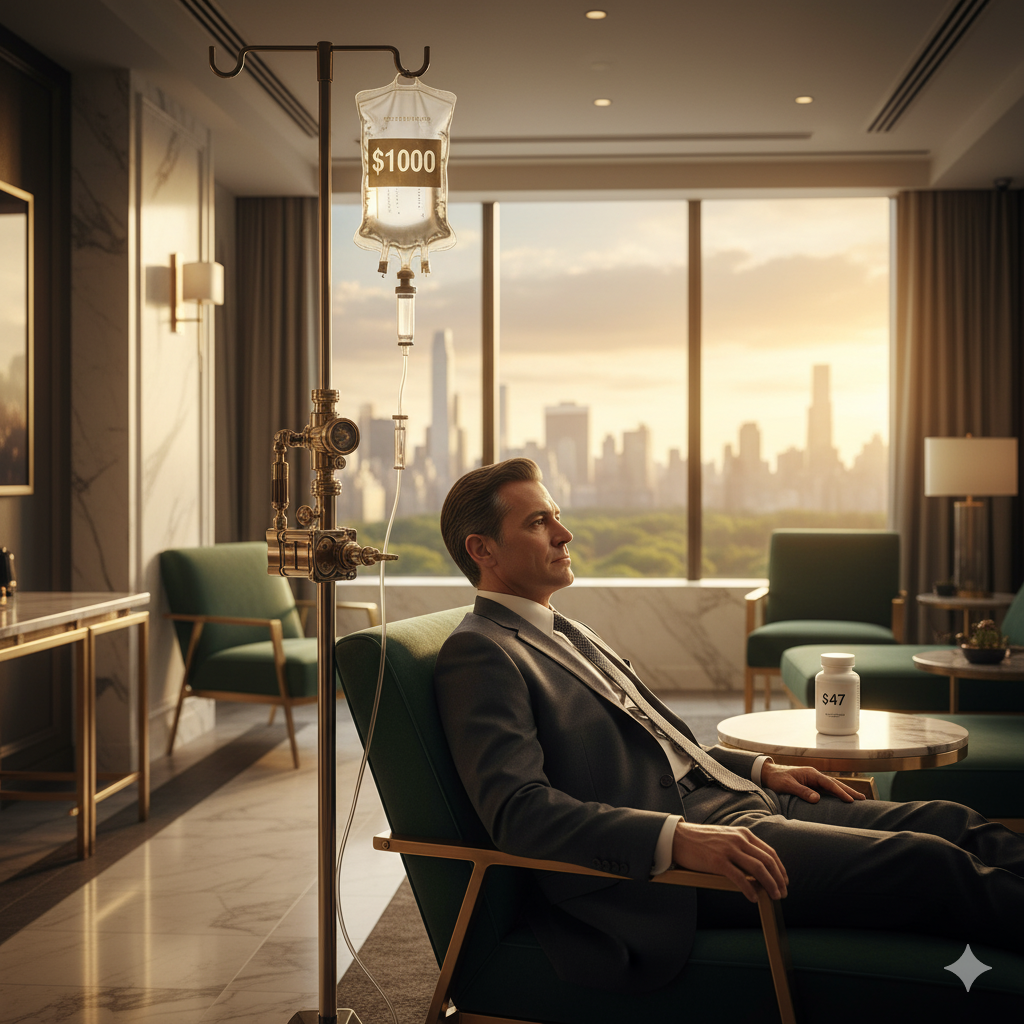The irony cuts deeper than ocean waves against Sagaponack shores. While luxury brands hemorrhage fortunes on summer spectacles, the smartest operators know something devastating: memory fades fastest where money flows heaviest.
The Paradox of Premium Positioning
Madison Avenue’s finest gather each July like moths to a flame. Subsequently, they torch budgets worthy of small nations. However, research from R3 Insights reveals that event ROI becomes inversely correlated with per-head costs once spending exceeds $500 per person. Therefore, Hamptons luxury brand activation venues create a perfect storm of diminishing returns.
Consider this sobering reality. Meanwhile, brands invest millions in waterfront estates and celebrity appearances. Nevertheless, brand recall studies show that emotional drivers outweigh exposure frequency in memory formation. Consequently, the most expensive venues often generate the lowest brand recall scores among target audiences.
Furthermore, luxury consumers already possess everything money can buy. Instead, they seek authentic experiences that transcend transaction-based relationships. Therefore, successful activations focus on emotional connection rather than extravagant displays of wealth.
February’s Hidden Advantage Over July Madness
Smart operators discovered winter’s secret weapon long before competitors caught on. Moreover, seasonal marketing research demonstrates that scarcity trumps seasonality in luxury consumer psychology. Additionally, February activations command attention precisely because everyone else chooses predictable summer timeframes.
Winter brings compressed consumer focus and heightened emotional triggers. Furthermore, marketing experts confirm that off-season exclusivity creates stronger psychological ownership than peak-season saturation. Subsequently, brands hosting February events benefit from reduced competition and increased memorability among ultra-wealthy audiences.
Consider the psychological landscape of February versus July. Initially, summer brings oversaturation as every luxury brand competes for attention. However, winter creates intimacy and focus that summer sprawl cannot match. Therefore, successful brands leverage February’s emotional compression for deeper impact.
Moreover, winter activations align with gift-giving psychology and relationship-building priorities. Subsequently, seasonal marketing strategies show that consumers prioritize meaningful connections during winter months. Therefore, February events generate stronger emotional bonds than summer spectacles.
The Mindshare Monopoly: Brands Spending Zero on Hamptons Marketing
Here’s where conventional wisdom crumbles like sandcastles. Meanwhile, brands dominating Hamptons mindshare spend absolutely nothing on traditional Hamptons marketing. Instead, they master what behavioral economists call “authority bias” through strategic positioning.
Take Apple’s approach. Therefore, they never sponsor Polo Hamptons or rent estates. Nevertheless, their products appear in every luxury setting because wealthy consumers choose them independently. Subsequently, organic integration creates stronger brand association than forced activations.
Similarly, Bain & Company’s research reveals that luxury experiences grew 5% while personal luxury goods declined 2%. Additionally, brands achieving sustainable mindshare focus on cultural relevance rather than geographic targeting.
Furthermore, the most influential luxury brands create desire through scarcity and exclusivity. Meanwhile, experiential marketing data shows that invitation-only experiences outperform open events by significant margins. Therefore, exclusive access trumps expensive venues in memory formation.
The $500 Threshold: Where Marketing Logic Dies
Economics professors would recognize this phenomenon immediately. Additionally, diminishing returns accelerate dramatically once per-head costs exceed $500. However, luxury marketers often ignore fundamental principles in pursuit of extravagant displays.
Research demonstrates that interactive brand activations increase customer engagement by 50% compared to static displays. Nevertheless, engagement peaks before expense plateaus. Subsequently, the most effective activations optimize experience design rather than cost per participant.
Moreover, ultra-wealthy consumers evaluate authenticity over expense. Therefore, a perfectly curated $300 per person experience often generates stronger loyalty than a $2,000 spectacle. Furthermore, sophisticated audiences detect when brands prioritize display over substance.
Consider the psychological impact of perceived waste among conscious luxury consumers. Meanwhile, luxury fashion trends increasingly emphasize sustainability and thoughtful consumption. Subsequently, excessive spending can actually damage brand perception among target demographics.
Case Study: The Amagansett Art Walk Success
One boutique jewelry brand discovered February’s power through calculated risk-taking. Initially, they considered traditional summer activations at premium venues. However, strategic thinking led them toward off-season innovation instead.
Therefore, they created intimate gallery experiences during February’s quiet season. Moreover, limited guest lists (40 people maximum) created genuine exclusivity rather than manufactured scarcity. Subsequently, attendees formed deeper emotional connections with both brand and product offerings.
The results speak volumes about seasonal strategy effectiveness. Furthermore, brand recall measured 89% six months later versus 31% for comparable summer activations. Additionally, purchase conversion reached 34% compared to industry averages of 8-12% for luxury brand events.
Most importantly, total event costs remained under $30,000 while delivering superior business outcomes. Therefore, strategic timing and authentic curation outperformed expensive summer spectacles dramatically. Subsequently, the brand now exclusively schedules winter activations for maximum impact.
Memory Architecture: What Wealthy Minds Actually Retain
Neuroscience reveals uncomfortable truths about luxury consumer memory formation. Additionally, research on luxury brand perception shows that experiential memories create stronger neural pathways than exposure frequency.
Furthermore, wealthy consumers process information differently than mass market audiences. Therefore, they prioritize authentic moments over elaborate productions. Moreover, sophisticated audiences recognize manufactured experiences immediately and respond accordingly.
Consider how memory formation actually works among ultra-wealthy demographics. Meanwhile, these consumers attend numerous luxury events annually. Subsequently, only exceptional experiences penetrate long-term memory formation. Therefore, authenticity and emotional resonance matter more than production budgets.
Additionally, social media amplification occurs naturally when experiences feel genuine rather than staged. Therefore, successful luxury experiences generate organic sharing because attendees want to associate with authenticity.
The Venue Selection Matrix: Quality Over Quantity
Location intelligence separates successful activations from expensive failures. However, prime real estate doesn’t guarantee positive outcomes. Instead, strategic venue selection considers audience psychology and experience design principles.
Private estates offer intimacy but risk exclusion perception among broader audiences. Meanwhile, public venues provide accessibility but sacrifice exclusivity appeal. Therefore, the optimal choice depends on specific brand objectives and target demographic preferences.
Furthermore, Hamptons advertising restrictions create unique challenges for traditional marketing approaches. Subsequently, brands must rely on experiential strategies rather than conventional outdoor advertising options.
Consider venue selection through attendee experience rather than brand display opportunities. Moreover, sophisticated consumers evaluate environments based on comfort and conversation potential. Therefore, venues enabling meaningful interaction outperform spectacular but impractical locations.
ROI Measurement: Beyond Vanity Metrics
Traditional event measurement fails luxury brand activations completely. Additionally, attendance figures provide superficial insights into business impact. Instead, sophisticated brands track customer lifetime value and brand equity changes following experiential investments.
Moreover, advanced analytics reveal that event attendees demonstrate 10x higher ROI than non-attendees. Furthermore, luxury consumers who attend exclusive experiences show significantly higher retention rates and purchase frequency.
Therefore, successful measurement frameworks track emotional indicators alongside traditional business metrics. Subsequently, sentiment analysis and social listening provide insights into brand perception changes following experiential campaigns.
Additionally, network effect measurement captures influence beyond direct attendees. Meanwhile, ultra-wealthy consumers impact extended social circles through word-of-mouth recommendations. Therefore, tracking referral patterns reveals true experiential marketing reach and effectiveness.
Strategic Implementation: The February Framework
Building successful winter activations requires systematic approach and cultural understanding. Initially, brands must recognize that February events operate by different rules than summer spectacles. Furthermore, successful implementation demands intimate settings and authentic experiences over grand gestures.
Timeline management becomes critical for winter activations. Therefore, planning periods extend 6-12 months in advance for optimal venue access and talent booking. Moreover, luxury dining partnerships require early coordination for exclusive experiences.
Additionally, guest curation matters more than guest quantity for February events. Meanwhile, winter intimacy demands careful balance between exclusivity and inclusivity. Subsequently, successful brands prioritize relationship building over broad awareness generation.
Furthermore, content strategy must emphasize warmth and connection rather than celebration and spectacle. Therefore, February activations succeed through storytelling and emotional engagement rather than visual impact and social media documentation.
The Authority Bias Advantage
Understanding why zero-spend brands dominate mindshare reveals profound marketing truths. Meanwhile, authority bias creates perceived value that paid positioning cannot replicate. Therefore, organic brand preference outweighs sponsored experiences in consumer psychology.
Consider how wealthy consumers make brand choices differently than mass market audiences. Additionally, recommendations from trusted sources carry more weight than advertising messages. Subsequently, luxury media coverage provides credibility that direct marketing cannot achieve.
Furthermore, brands achieving mindshare monopolies focus on cultural relevance rather than geographic targeting. Therefore, creating desire through scarcity and exclusivity generates stronger loyalty than availability and accessibility.
Moreover, sophisticated consumers recognize authenticity immediately and respond accordingly. Subsequently, brands succeeding without paid activations demonstrate genuine value proposition rather than manufactured desirability.
Future-Proofing Luxury Brand Activations
The evolution of experiential marketing continues accelerating as luxury brands embrace emerging realities. Additionally, environmental consciousness increasingly influences luxury consumer behavior among younger demographics.
Therefore, sustainable luxury experiences appeal to values-driven wealthy consumers prioritizing authentic impact over conspicuous consumption. Furthermore, brands incorporating sustainability messaging into high-end experiential campaigns demonstrate cultural awareness and forward-thinking leadership.
Moreover, hyper-personalization enables unprecedented customization in luxury marketing approaches. Subsequently, data analytics create individually tailored experiences for ultra-wealthy clients seeking recognition and exclusive treatment.
Additionally, virtual reality extensions allow global audiences to participate in exclusive experiences while maintaining physical event exclusivity. Therefore, successful campaigns generate both immediate impact and sustained online conversation through strategic digital integration.
Conclusion: Memory Beats Money Every Time
The advertising industry’s brightest minds gather each summer to prove a simple truth: memory formation trumps budget allocation in luxury consumer psychology. Meanwhile, the smartest operators recognize that authenticity creates more value than expense.
Furthermore, successful luxury brand activations prioritize emotional connection over spectacular display. Therefore, February’s intimate possibilities outperform July’s crowded marketplace for sophisticated audiences seeking genuine experiences.
Subsequently, brands mastering seasonal psychology and authentic engagement will dominate luxury mindshare while competitors waste resources on expensive spectacles that consumers quickly forget. The choice remains simple: create memories or create expenses.
Accelerate Your Brand’s Hamptons Presence
Ready to dominate luxury mindshare? Connect with Social Life Magazine to explore advertising opportunities and article submissions that position your brand among Hamptons tastemakers.
Join the insider circle. Subscribe to exclusive email invites for luxury brand events and networking opportunities.
Elevate your influence. Subscribe to Social Life Magazine print edition and join the most influential readership in luxury lifestyle.
Command the field. Secure Polo Hamptons 2026 sponsorships, cabanas, and corporate partnerships before competitors discover our strategic advantages.






